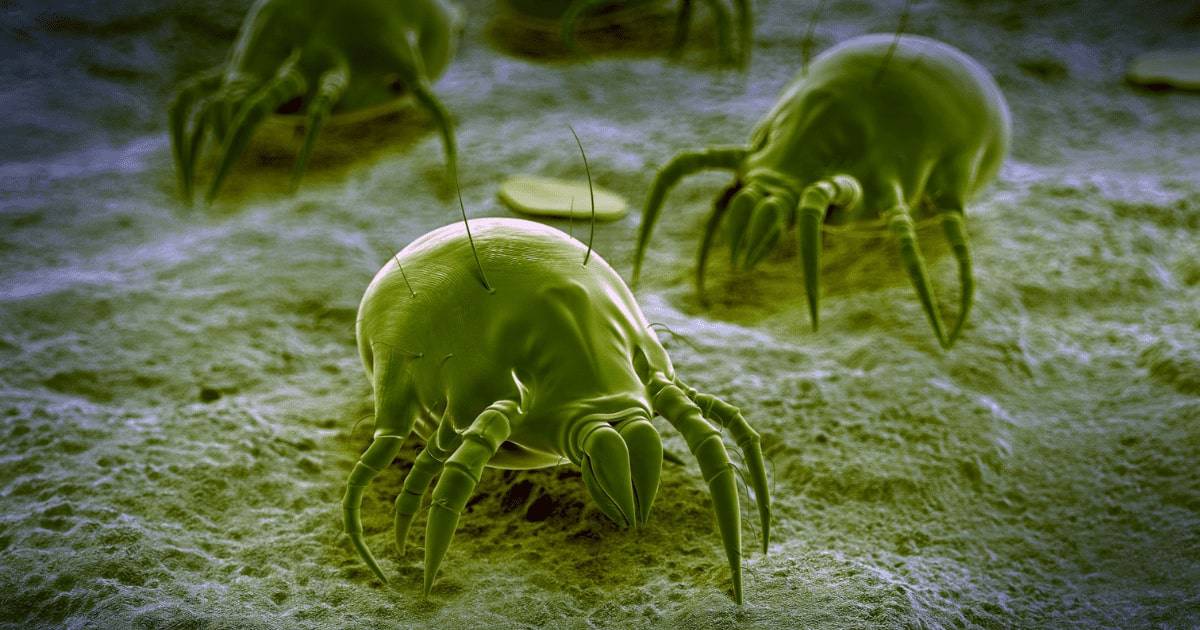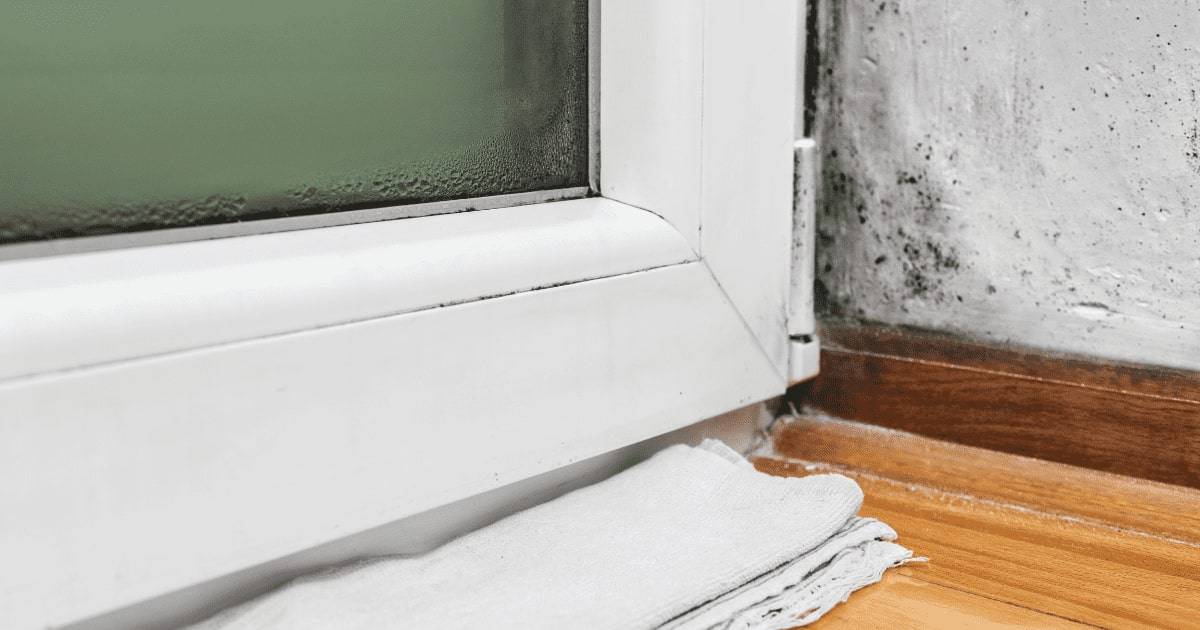Allergies affect millions of people worldwide, with symptoms ranging from mild to severe. Unfortunately, it can be challenging to tell whether you have an allergy, particularly if you've never had one before. In this article, we'll explore the signs and symptoms of allergies and how you can determine if you have one.

What Is an Allergy?
An allergy is an excessive or hypersensitive immune system response to substances that are commonly encountered by our body. The key difference between an allergic person and a non-allergic person is that an allergic person's body is unable to tolerate these substances and overreacts to them, often causing an exaggerated response.
Allergies occur as a result of sensitization, a gradual process in which the body becomes increasingly hypersensitive to the allergen over time due to repeated exposure. The duration of this process can vary widely from person to person, ranging from days to even years. If an allergic person is repeatedly or constantly exposed to the allergen they are sensitive to, it can lead to the development of an allergic inflammation in the affected tissues, resulting in the well-known symptoms of an allergy.
Read also an article about what is allergy?
The Most Common Symptoms of Allergies
- Sneezing
- Watery, runny nose
- Feeling of nasal congestion even when you are not suffering from a cold
- Unexplained cough (without previous respiratory infection)
- Wheezing
- Difficulty breathing for no apparent reason
- Itchy eyes and discomfort
- Skin reactions: hives, itching, and eczema
- Excessive reaction to insect bites
- Unexplained nausea, abdominal pain, and diarrhea after consuming certain types of food
- Swollen lips or tongue

The Difference Between a Cold and Allergic Rhinitis
In general, rhinitis is a response of the body's nasal mucosa to something that irritates it. This can be caused by viruses, bacteria, pollen, or other substances that the body perceives as irritating. Allergic rhinitis is triggered by an allergen, which affects the immune system in the nasal mucosa. As a result, cells in the nasal mucosa produce histamine, which irritates the nasal passage.
It may be difficult to differentiate between the symptoms of a cold and those of an allergy since common symptoms include sneezing, nasal congestion, headache, fatigue, and increased body temperature. So, what is the difference between a cold and an allergy? In the case of a cold, which typically resolves within a week, the mucus secretions are usually greenish, while in an allergy, the secretions are more watery and clear. Another specific symptom of allergic rhinitis is itching, burning, or redness of the eyes and throat. Unlike a cold, allergies are not contagious, and you react to the allergen that irritates you, which manifests immediately after contact with the allergen.
Read also: Nasal Sprays: How to Choose the Right One for Your Needs
The Most Common Allergens
- Pollen
- Dust/Mites
- Mold
- Animal allergens
Airborne allergens, also referred to as respiratory allergens, are the most common culprits for triggering allergies. They cause the highest number of allergic reactions because they are the most widespread. These allergens are found almost everywhere and are challenging to avoid due to their airborne nature.
Allergies to Pollen
Pollen from plants contains allergenic proteins that can trigger a reaction in the bodies of those who suffer from allergies. In Europe, grass pollen is the most common cause of pollen allergies, accounting for about 50% of cases. 25% of allergy sufferers react to tree pollen, and 25% react to weed pollen. However, some people experience polyvalent allergies, meaning they are allergic to multiple types of pollen.
Read also: How to combat springtime pollen allergies?

How to Protect Yourself from Pollen Allergies
Here are some tips for protecting yourself from allergies:
- Monitor pollen reports and avoid spending time outside during peak pollen season.
- Take advantage of regional differences: pollen season in cities may differ from that in mountainous areas, so consider planning your vacation during a different time to reduce contact with allergens.
- Use respiratory barrier protection, such as gaiters with nanomembranes that can trap allergens while still being breathable.
- Avoid spending time near overgrown, untended areas.
- Lawn mowing is necessary to reduce the occurrence of grass pollen, but allergy sufferers should avoid doing it themselves.
- Keep barrier nasal drops on hand to maintain a clean and moist nasal mucosa.
- Consider using nasal filters, which provide immediate relief from allergic reactions and are easy to use.
Allergies to Dust Mites
Although dust particles can irritate the respiratory system, they are not allergenic in and of themselves. They become dangerous when other allergenic particles accumulate on them. In households, the most common allergenic particles are dust mite excrement or mold. Dust mites live and breed in bedding, sheets, and mattresses. They can be found in every household, with mattresses often harboring millions of dust mites.
Studies have shown that after two years of use, 10% of the weight of a typical pillow is composed of dust containing mites. Dust mites themselves are not harmful, but they become dangerous when they multiply and form colonies that produce large amounts of allergenic excrement.
Read also: What is Dust Mite Allergy?

What Are Dust Mites?
Dust mites are microscopic organisms of which over 50,000 species are known. They live and breed in warm and humid environments. Allergies to dust mites are a year-round problem, but symptoms may worsen during certain periods, especially in the beginning of autumn when households are less ventilated and more heated.
The most common symptoms of allergies to dust mites include a stuffy nose, chronic rhinitis, coughing or even asthma, increased morning fatigue and swollen face, sinus and nasopharynx inflammation, recurrent middle ear infections, and atopic eczema.
How to Protect Yourself from Dust Mites?
- Regular cleaning is recommended, especially vacuuming, and ventilation should be done several times a day. Pay special attention to cleaning the bedroom.
- The bedroom should be dry and cool - the temperature should not exceed 20°C and the humidity should be no more than 50%.
- Adjust your bedding: use anti-allergy bedding and covers for your mattress or duvet. Change your bed sheets and linen every 14 days.
- Get rid of excess fabric in your home, especially plush carpets, fur, heavy curtains, upholstered furniture, and so on.
- Paint walls with self-cleaning photocatalytic paint, which eliminates allergens and dust.
- Use high-quality air purifiers, or a combination air purifier and humidifier or dehumidifier.
#produkty#https://www.nanospace.store/favourable-sets/
Mold Allergy
Allergy to mold is a common type of allergy that affects many people worldwide. Mold is a type of fungus that grows in warm, damp environments such as bathrooms, kitchens, and basements. When mold spores become airborne, they can cause allergic reactions in people who are sensitive to them.

The symptoms of mold allergy are similar to other types of allergies and include sneezing, runny nose, nasal congestion, coughing, and itchy eyes. In some cases, people with mold allergy may also experience skin rashes, hives, or difficulty breathing.
Preventing mold growth is key to reducing the risk of mold allergy. This can be achieved by keeping the home dry and well-ventilated, fixing any leaks or water damage promptly, and cleaning mold-prone areas regularly. Using a dehumidifier can also help to reduce humidity levels in the home and prevent mold growth.
How to Protect Yourself?
To protect yourself from mold allergies, it is important to take certain precautions:
- Ventilate rooms with high humidity as much as possible - bathroom, kitchen, pantry, cellar.
- Address problems with humidity in the apartment, such as rising damp or leaks, to prevent the formation of mold.
- Get rid of food residues and regularly take out the trash.
- Avoid having wallpaper in your home, as mold can grow behind it.
- Regularly clean your air conditioning system.
- Consider painting walls with a self-cleaning photocatalytic coating that has antifungal properties.
- Use ozone generators to get rid of mold – ozone can kill mold spores.
Animal Allergies
Animal allergies are a common problem for many people. Surprisingly, the main allergen is not the animal hair or fur itself. Rather, it is the proteins found in the animal's saliva, urine, skin oil, dander, blood, and feathers that cause the allergic reaction. Cats and small rodents, such as hamsters, are some of the most potent animal allergen sources. In recent years, horse allergy has also become more prevalent and can be quite severe.

The most common symptoms of animal allergy include a runny nose, nasal congestion, sneezing, itchy and watery eyes, hives, and eczema. In some cases, animal allergy can lead to more severe symptoms such as difficulty breathing, chest tightness, and wheezing.
Our pets produce very unpleasant and aggressive allergens for many people. You might be surprised, but the main allergen is not fur. The animal's coat is just a place where allergens concentrate and are then transferred to us by contact.
Allergens are mainly found in animal saliva, urine, skin oil, skin flakes, serum, or feathers. Cats and small rodents have some of the most aggressive allergens. In the last 20 years, horse allergy has also become more widespread, which has very strong symptoms and can seriously trouble allergy sufferers. The most common symptoms of animal allergy are watery rhinitis, nasal congestion, sneezing, tearing, itching eyes, swelling, and skin manifestations such as hives, itching, or eczema.
Tips for Protecting Yourself Against Pet Allergies
- Prevent contact with the animal causing the allergic reaction, as most pets are not suitable for allergy sufferers.
- Vacuum the house regularly to remove animal hair and remove carpets if possible.
- Bathe the animal regularly and keep its bedding clean.
- The animal should not have access to the bedroom.
- Regularly clean clothing from animal hair.
- Sometimes castration can help, especially in male cats.
- Air purifiers quickly and easily remove animal allergens, which can stay in the air for a long time.
- Barrier nasal drops or nasal flushes can also help against all types of respiratory allergens by keeping the nasal mucosa clean and at optimal moisture levels.
- Over-the-counter medicines such as Zyrtec and Xyzal can alleviate allergy symptoms that limit you in everyday life.
Allergen Immunotherapy: Addressing the Root Cause of Allergic Disease
Some symptomatic relief medications provide only temporary relief of symptoms (e.g., antihistamines), while others have longer-lasting effects in suppressing the inflammatory processes of allergic reactions (e.g., corticosteroids, antileukotrienes, cromones, some antihistamines). However, none of these medications address the root cause of your allergy.
Allergen immunotherapy is the only treatment that addresses the underlying cause of allergic disease. It consists of two phases:
- Initial (initiation) treatment involves gradually increasing doses of the allergen. Some preparations do not require an initial treatment.
- Maintenance treatment involves regular and long-term use of the prescribed dose of allergen for several years. This allows the body to become accustomed to contact with the allergen and develop tolerance.
Allergen Immunotherapy Can Take Three Forms:
- Tablets administered under the tongue (sublingual form)
- Drops administered under the tongue (sublingual form)
- Injections (subcutaneous form) - administered by a doctor in their office.

Main Benefits of Allergen Immunotherapy:
Reduces or even eliminates allergy symptoms. Reduces the amount of medication needed. Helps prevent the development of new allergies. Prevents the development of allergic rhinitis and allergic asthma.
When Undergoing Allergen Immunotherapy, It Is Important to:
Follow the prescribed dosage and not skip doses unnecessarily. Ensure timely renewal of prescriptions from your doctor to avoid running out of medication. Take medication regularly for the entire period prescribed by the doctor. If you do have to interrupt treatment, consult your doctor for the next steps to avoid losing the positive effects of the treatment. Adverse effects may occur during allergen immunotherapy. Consult with your allergist about possible treatment risks.
Cross-Reactive Allergy
Cross-reactive allergy is a reaction to an allergen that did not originally cause sensitization. It occurs when a person who is allergic to a certain allergen reacts to a different allergen, but the two allergens are chemically related.
There are many chemically related allergens present in the environment, some of which are found almost everywhere. These allergens are known as pan-allergens.
Read also: What is cross allergy / allergy cross reactivity?
A patient with an allergy to a single allergen may also react to:
- Pollen and food
- Different types of food
- Different types of pollen
Before the discovery of the principle of cross-reactivity, some allergy sufferers were classified as "allergic to everything." However, there is always a main allergen or allergens that can be associated with others based on cross-reactivity, whose tests may also come out positive. However, these may not actually cause problems for the patient.
Learn More About Allergies:
- Dust Mite Allergies
- Feather Allergies
- Dust Allergies
- Allergy to Cats
- Allergy to Dogs
- Spring Pollen Allergies
- Identifying and Managing Allergies in Infants and Children
- Combined or Cross-Reactive Allergies
- How to Prepare for Allergy Season
Resources
- UNDEM, Bradley J.; TAYLOR-CLARK, Thomas. Mechanisms underlying the neuronal-based symptoms of allergy. Journal of allergy and clinical immunology, 2014, 133.6: 1521-153
- Johansson, S. G., Bieber, T., Dahl, R., Friedmann, P. S., Lanier, B. Q., Lockey, R. F., ... & Williams, H. C. (2004). Revised nomenclature for allergy for global use: Report of the Nomenclature Review Committee of the World Allergy Organization, October 2003. Journal of Allergy and Clinical Immunology, 113(5), 832-836.
- Pawankar, R., Canonica, G. W., Holgate, S. T., & Lockey, R. F. (2013). World Allergy Organization (WAO) white book on allergy: update 2013. World Allergy Organization Journal, 6(1), 1-43.
- Bousquet, J., Anto, J. M., Bachert, C., Bousquet, P. J., Colombo, P., Crameri, R., ... & Demoly, P. (2008). Factors responsible for differences between asymptomatic subjects and patients presenting an IgE sensitization to allergens: a GA2LEN project. Allergy, 63(3), 293-303.
- Eriksson, J., Ekerljung, L., Lötvall, J., Pullerits, T., Wennergren, G., Rönmark, E., & Lundbäck, B. (2008). Growing up on a farm leads to lifelong protection against allergic rhinitis. Allergy, 63(10), 1209-1215.
- Shaker, M. S., Wallace, D. V., Golden, D. B., Oppenheimer, J. J., Bernstein, J. A., Campbell, R. L., ... & Cox, L. S. (2017). Anaphylaxis—a practice parameter update 2015. Annals of Allergy, Asthma & Immunology, 115(5), 341-384.
- Bjorksten, B., Naaber, P., & Sepp, E. (2011). Mikrobiom a alergia. Pediatric Allergy, Immunology, and Pulmonology, 24(4), 215-223.
- Caffarelli, C., Cuomo, B., Cardinale, F., Barberi, S., Dascola, C. P., Agostinis, F., ... & Bianchi, A. (2008). Aetiological factors associated with chronic urticaria in children: a systematic review. Acta Dermato-Venereologica, 88(4), 330-334.
- Devereux, G., Seaton, A., Barker, R. N., & Semple, S. (2007). Acute effects of particulate air pollution on respiratory admissions: results from APHEA 2 project. American Journal of Respiratory and Critical Care Medicine, 176(5), 432-438.
- Eggesbø, M., Botten, G., Halvorsen, R., Magnus, P., & Bergseng, H. (2003). The prevalence of allergy to egg: a population-based study in young children. Allergy, 58(4), 342-347.
- Kasper, L., Slattery, M. J., & Zaslavsky, A. M. (2019). The relationship between health insurance and medical care utilization in children with asthma. Journal of Asthma, 56(2), 141-148.
